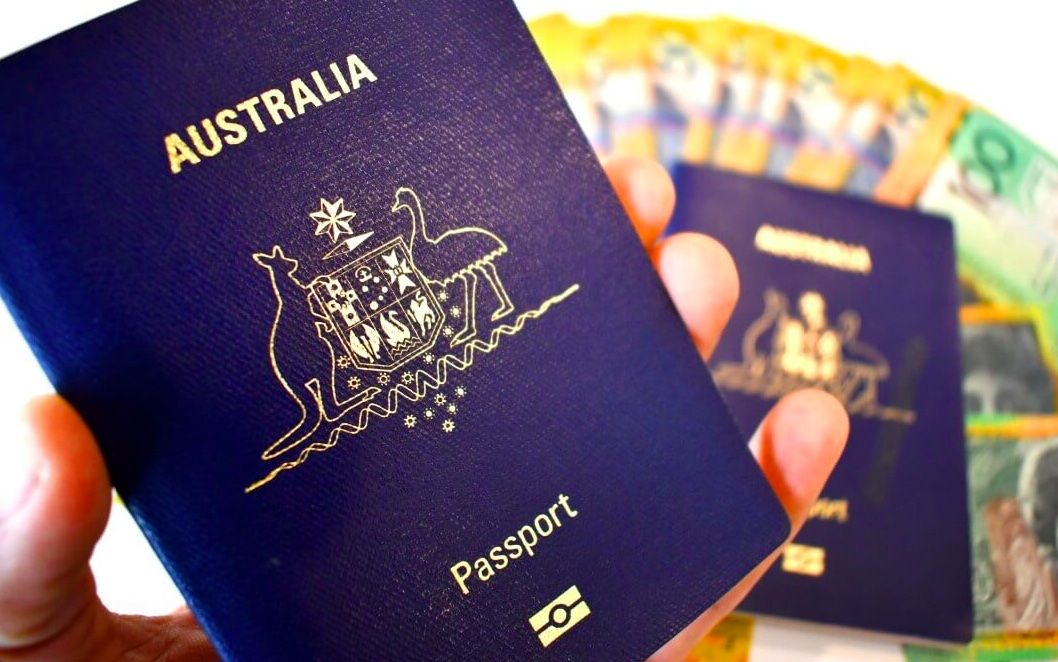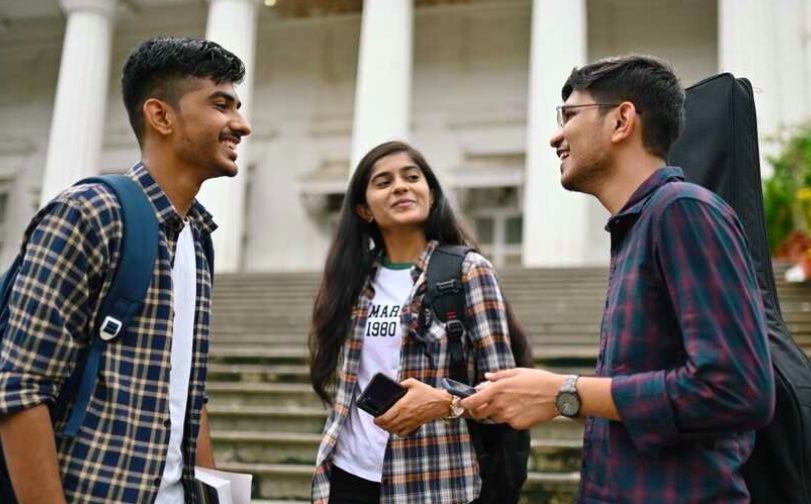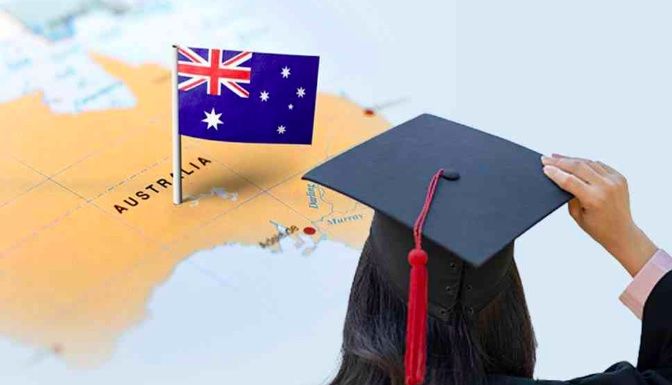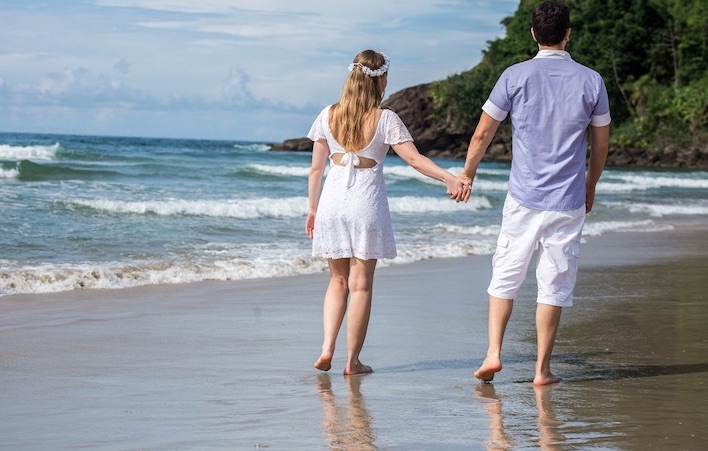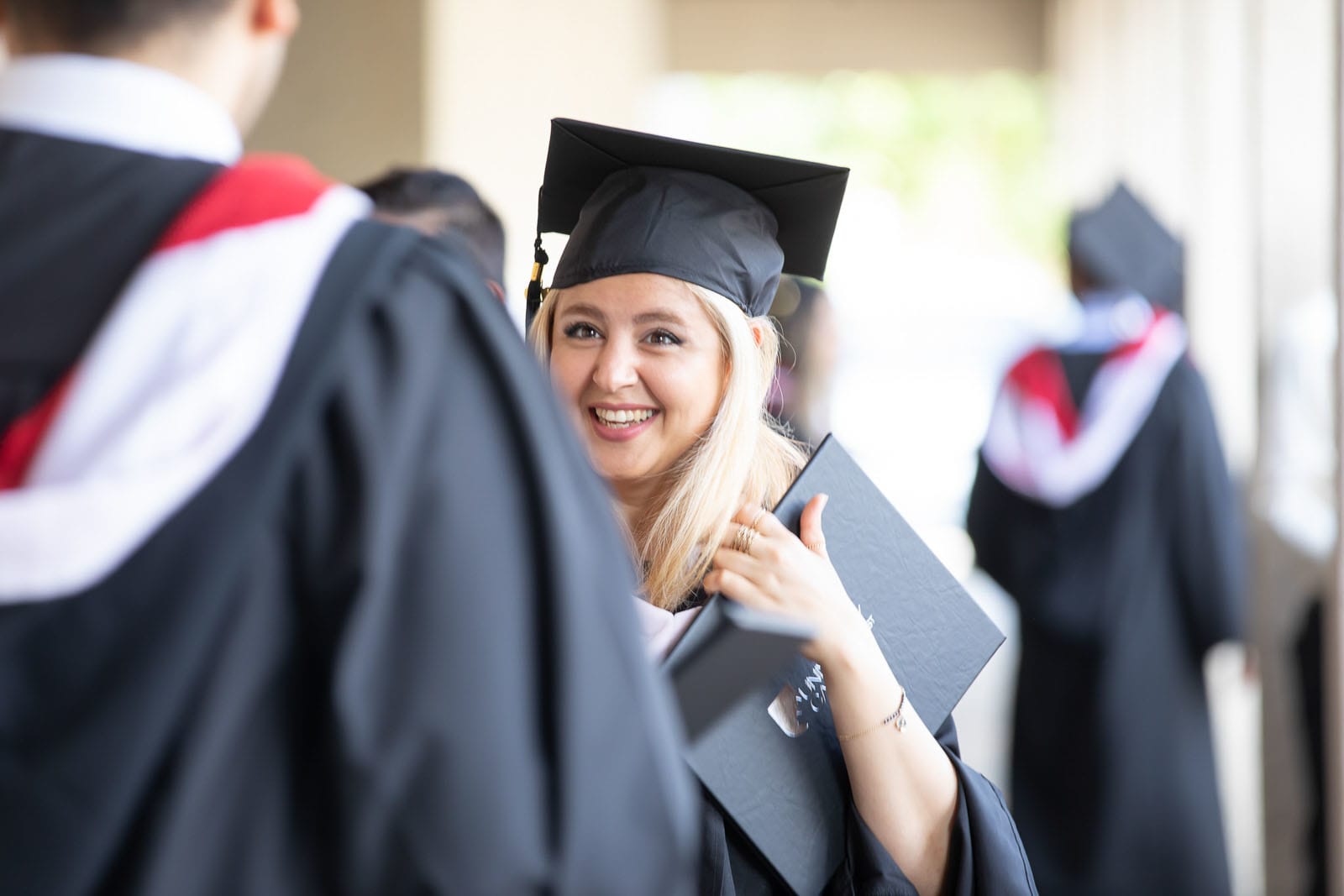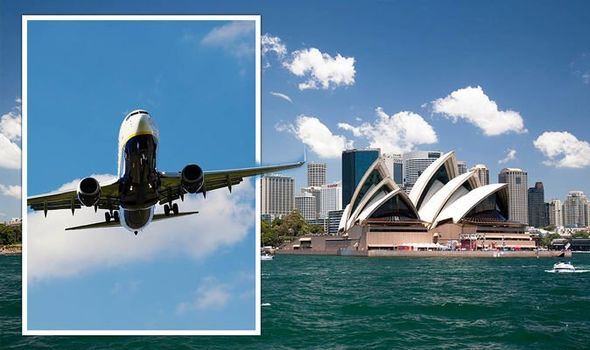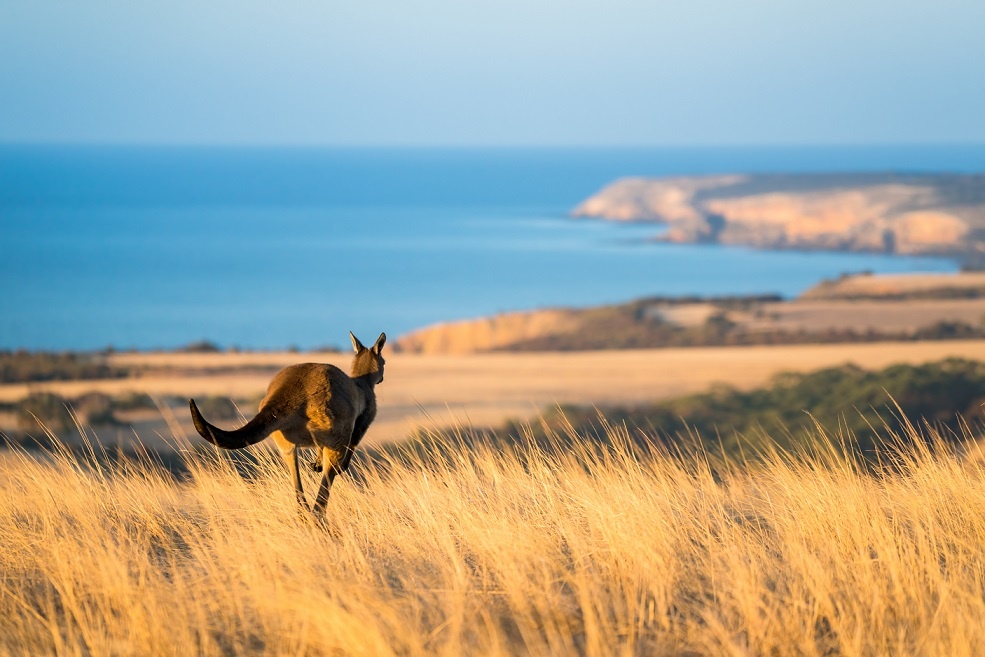The Subclass 491 Visa, also known as the Skilled Work Regional (Provisional) Visa, is designed for skilled workers and their families who wish to live, work, and study in select regional areas of Australia. This visa offers valuable pathways to permanent residency, making it an attractive option for those looking to build a future in Australia.
Key Features of the Subclass 491 Visa
The Subclass 491 Visa allows holders to reside in designated regional areas of Australia for up to five years. After three years of fulfilling certain criteria, visa holders may apply for permanent residency through the Subclass 191 visa.
Visa Eligibility Requirements
To qualify for the Subclass 491 Visa, applicants must meet the following criteria:
- Nomination or Sponsorship:
- Nominated by a State or Territory Government or
- Sponsored by a family member who resides in a recognized regional area.
Recognized Regional Locations in Australia
The Subclass 491 Visa aims to encourage skilled migration to regional areas. Recognized locations include:
- Perth
- Adelaide
- Canberra
- Gold Coast
- Hobart
Note: Major cities like Sydney, Brisbane, and Melbourne do not fall under this category.
Points Allocation for Subclass 491 Visa
The Subclass 491 Visa employs a points-based system to evaluate applicants. Points are awarded based on various factors:
- 15 Points for nomination by a State or Territory government or sponsorship by a regional family member.
- 10 Points for having a skilled spouse or de facto partner.
- 10 Points for single applicants or applicants whose partners are Australian citizens or permanent residents.
- 5 Points if the partner demonstrates competent English and is not an Australian citizen or permanent resident.
- 10 Points for qualifications in STEM (Science, Technology, Engineering, and Mathematics) fields.
The updated points system allows for increased opportunities to accumulate points in various categories, enhancing eligibility prospects.
Guidance on Obtaining an Invitation for the 491 Visa
To be invited to apply for the Subclass 491 Visa, candidates must typically meet specific criteria that may include:
- Partner’s Qualifications: Points awarded based on the skills and English proficiency of a partner.
- Individual Scores: The applicant’s overall score could be impacted depending on their partner’s situation.
Limitations on Visa Holders
Holders of the Subclass 491 Visa may face restrictions when applying for other visas under the General Skilled Migration scheme. Applicants must consider these limitations carefully when planning their migration pathway.
Your Pathway to Permanent Residency
The Subclass 491 Visa allows for a temporary stay and facilitates a route to permanent residency through the Subclass 191 Visa.
Eligibility for the Subclass 191 Visa:
To qualify:
- Stay, study, or work in a designated regional area for three years while holding the 491 Visa.
- Minimum income requirement: Maintain an annual income of $53,900 for three consecutive years.
What is the processing time for the 491 Visa?
The processing time for the Subclass 491 Skilled Work Regional (Provisional) Visa can vary depending on several factors, including the volume of applications received, the complexity of individual cases, and whether additional information or documentation is required. As of the latest updates, most applications are processed within approximately 8 to 12 months. However, some applications may take longer if they need further assessment or if there are delays in obtaining necessary documents. It’s important for applicants to ensure that their applications are complete and to respond promptly to any requests from the Department of Home Affairs to help facilitate a smoother processing experience. For the most accurate and up-to-date information, it’s advisable to check the official Department of Home Affairs website or consult with a registered migration agent.
Can Family members join on this Visa
es, family members can join you on a Subclass 491 visa, which is a skilled work regional visa in Australia. When you apply for this visa, you can include immediate family members, such as your partner and dependent children. They must meet specific eligibility criteria, including being of good character and health. It’s essential to provide supporting documents to demonstrate your relationship and their dependency on you. Additionally, family members can work and study in Australia while holding this visa, making it a great option for skilled individuals looking to settle in regional areas with their loved ones.
The Subclass 491 Visa provides a substantial opportunity for skilled workers seeking to contribute to Australia’s economy while enhancing their career prospects in a regional setting.

